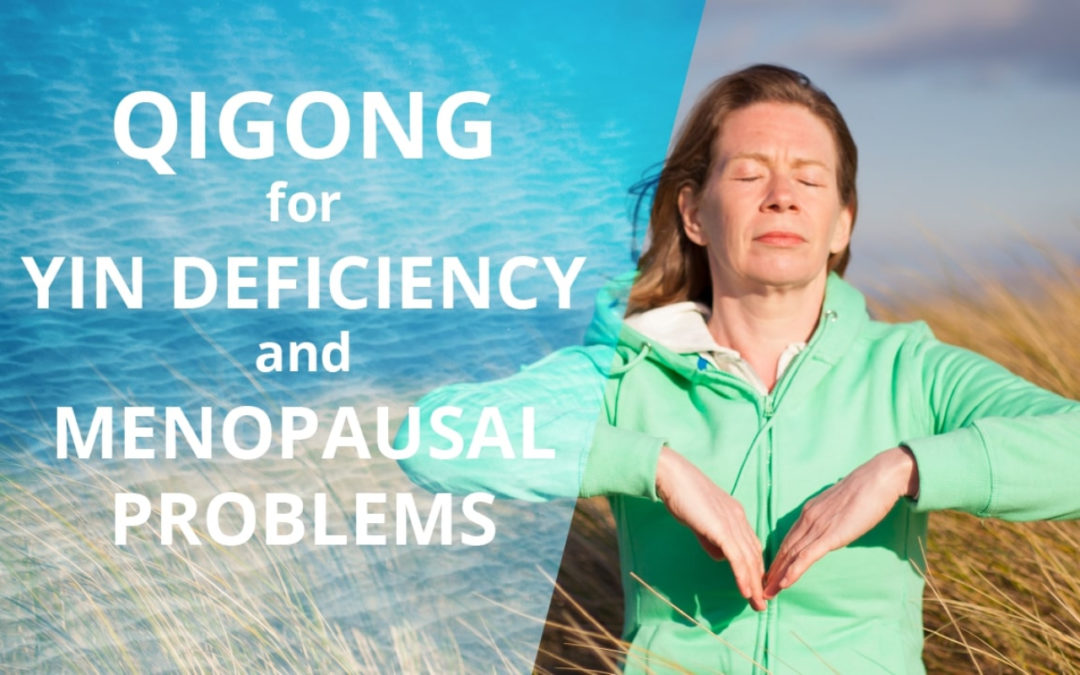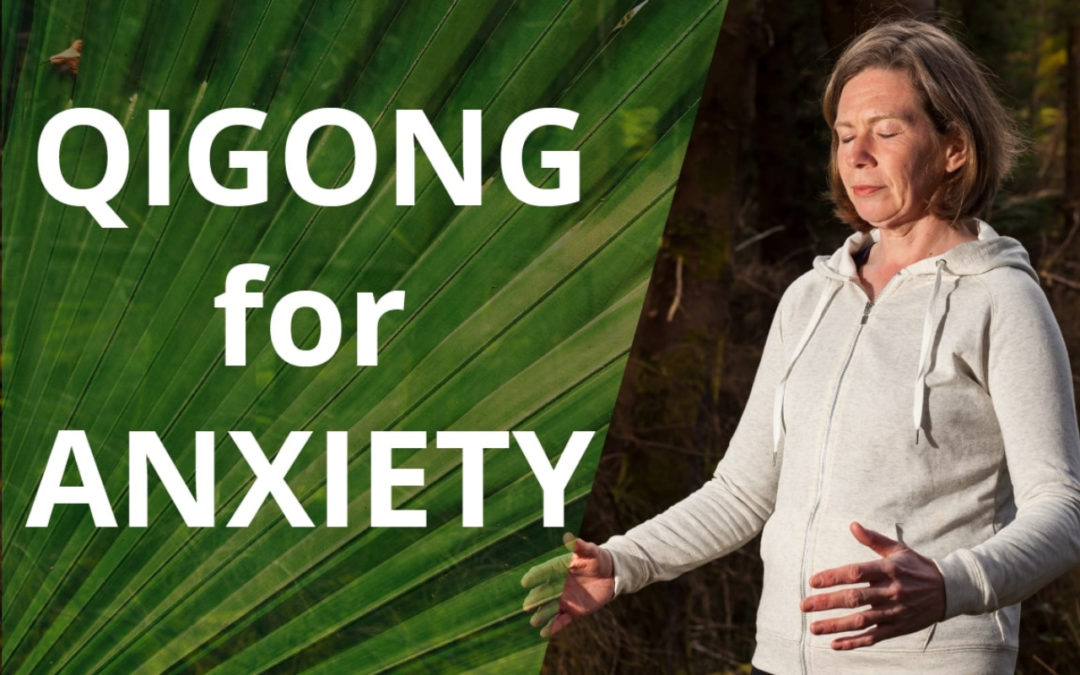
Lesson 28 – Qigong For Yin Deficiency and Menopausal Symptoms (Replay of Live Qigong Class)
This is a replay of a live session showing you a Qigong routine for Spring, taught by myself, Dr. Janice Tucker. I have been teaching Qigong for two decades and am the founder of the Space To Relax Programme of Qigong video lessons. I’m also a practitioner of acupuncture and Traditional Chinese Medicine. You can join my live classes on Zoom every Thursday at 4 pm Irish time. Click here to join us (lesson replays sent out by email in case you can’t make it).
These classes are free and everyone is welcome. However, if you’d like to contribute as a thank you for the class click here. 50% of donations will go to the ICU staff in my local hospital in Co. Kerry. The other 50% goes towards the upkeep of this website.
Qigong For Yin Deficiency and Menopausal Symptoms – Introduction
The Yin functions of the body and mind are to do with cooling, moistening and nourishing. Yin is nourished by rest and deep nutrition. When we become exhausted through overwork and overactivity our consequent exhaustion depletes the Yin. If we don’t get enough sleep and take time to rest during the day then our Yin is not fully replenished and the “tank runs on empty”
Causes of Yin Deficiency
The causes of Yin Deficiency are many. The list below indicates a few of the main ones:
- dehydration;
- childbirth;
- chronic illness;
- overwork;
- diet low in vitamins and minerals;
- frequent exposure to air-conditioning;
- exposure to electromagnetic fields (too much screen time);
- constantly being “on the go” – pushing to get things done even when you feel exhausted;
- excessive sexual activity.
Signs & Symptoms of Yin Deficiency
The lack of Yin’s cooling, moistening and nourishing functions can manifest in a range of symptoms such as:
- night sweats and hot flushes;
- restlessness, anxiety and/or irritability;
- poor memory;
- headache/migraine;
- exhaustion;
- backache or deep ache in the bones;
- poor appetite;
- palpitations;
- low-grade fever;
- heat in the palms, soles of feet or centre of the chest;
- dry, sore throat or dry cough;
- difficulty sleeping.
Note: This is a general list. Just because you exhibit one or more of these symptoms does not necessarily mean that you are Yin deficient. It is always best to seek advice from a trained practitioner of Traditional Chinese Medicine who will be able to make an accurate diagnosis for you, rather than attempt to diagnose yourself.
How To Nourish Yin
The key component to nourishing your Yin is rest and deep nourishment. Plenty of sleep, taking time to rest during the day and eating nutrient-rich foods are especially important in the replenishment of your Yin. Meditation and Qigong come to the fore if you want to restore the healthy functioning of your Yin as they are inwardly focused, reflective and tranquil practices. They give you the “breathing space” in which to cultivate your Yin. By allowing for your Qi to turn away from external stimuli and move inward, this gives your Yin the opportunity to regenerate.
Method for Using Qigong For Yin Deficiency and Menopausal Symptoms
- Begin by taking a comfortable standing (more on Qigong stance here) or sitting position (more on seated Qigong here).
- Settle into your practice by relaxing your body and mind with Abdominal Breathing.
- Use the healing sound related to the Heart system which is part of the “Six Healing Sounds” Qigong method.
- Follow along with the Qigong meditation, “Relax, Expand and Nourish The Heart” to calm the mind and nurture the Yin.
- For women with Yin deficiency symptoms related to menopause use an ovary massage to help alleviate symptoms of cramps, low libido and dryness.
- Consolidate your practice with a few abdominal breaths, taking time to observe any changes in the state of your body and mind.
Integrating Qigong For Yin Deficiency and Menopause Into Your Day
There are no excuses for not having time to implement this practice! Taking the time to pause, rest and breathe for a few minutes per day can significantly reduce your symptoms of Yin deficiency. If you take the time to pay yourself some attention, you will most likely notice that the more you do, the more exhausted you become and the more prevalent your Yin deficiency symptoms. The more rested and relaxed you are, the less noticeable your Yin deficiency symptoms. So taking a rest is part of the work to restoring a healthy balanced body and mind. There is no need to feel guilty about this!
Please take a look at the following blog posts below for more Qigong methods which may help you to further minimise symptoms of Yin deficiency and menopause. Qigong for:
Previous Live Lesson Replays
Previous live lesson replays are listed below and can be found on my blog page.
Click the image above to follow along with the Qigong class!
What Can I Do Next?
To sign up and attend the live online sessions please click here. Classes are free of charge and suitable if you’re a beginner or have more Qigong experience. Once you sign up I’ll send details to your email with links to the Zoom classes (check your junk/spam folders for notifications). Please share this information with your family and friends as everyone is more than welcome.
If you’d like to take your practice to the next level with my structured, step-by-step Space To Relax Qigong programme of 50 video lessons accompanied by audio and PDF files with support from me every step of the way then click here.
To get my free part video series of 3 Qigong lessons which will be delivered to you by email over the course of one week please go to my homepage. In these lessons you’ll learn more about abdominal breathing and Qi movement along with how to rid waste Qi from your body order to feel more relaxed and energised.
You can also click the red “subscribe” button to join my YouTube channel. That way, you won’t miss any future Qigong lessons from me.


